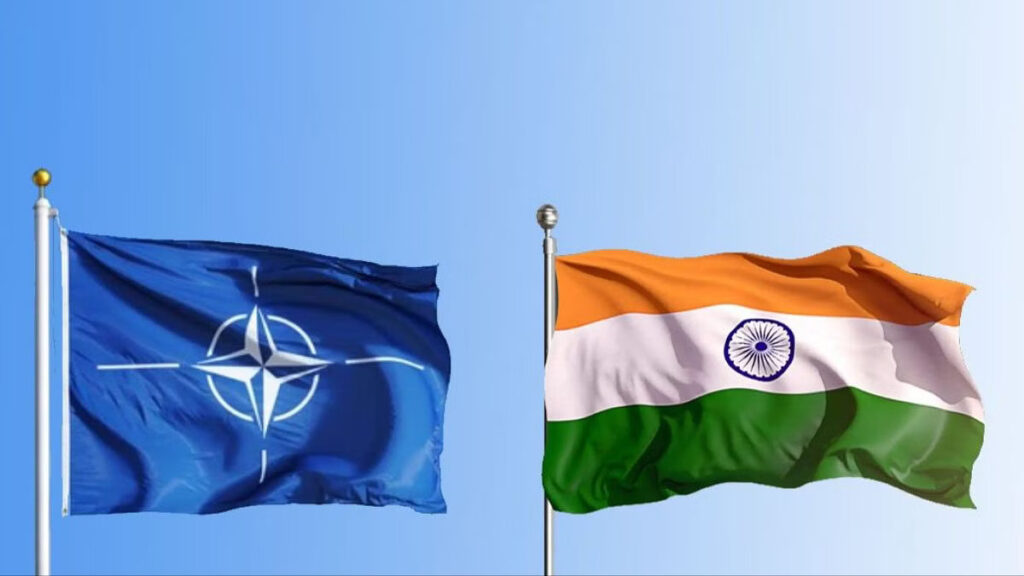Global security alliances are about to undergo a dramatic change as a result of the changing geopolitical environment, especially the growing distance between US President Donald Trump and NATO partners. India is in a unique position to take advantage of new opportunities in defence manufacture, exports, and strategic alliances as European countries are forced to increase their defence spending due to worries about the United States’ weakening commitment to NATO. India is not an official NATO partner, but its shared interests in combating terrorism, ensuring maritime security, and dealing with cutting-edge technical challenges offer a solid basis for possible economic cooperation.
Trump-NATO Rift
With Trump proposing that member nations commit at least 5% of their GDP to defence—a significant rise from the present 2% target – the long-standing criticism of NATO partners’ defence spending by the Trump administration has grown more intense. European countries have responded by raising military budgets, cautious of a possible U.S. departure from NATO. Poland has promised to spend 4.7% of its GDP on defence; UK Prime Minister Keir Starmer has already confirmed a rise in the defence budget to 2.5% of GDP. Germany, the biggest military aid donor to Ukraine within the European Union, has also promised to increase its military spending. These developments indicate a major change through which European nations will have to strengthen their own defence sectors or turn beyond conventional sources like the United States to satisfy their rising defence needs.
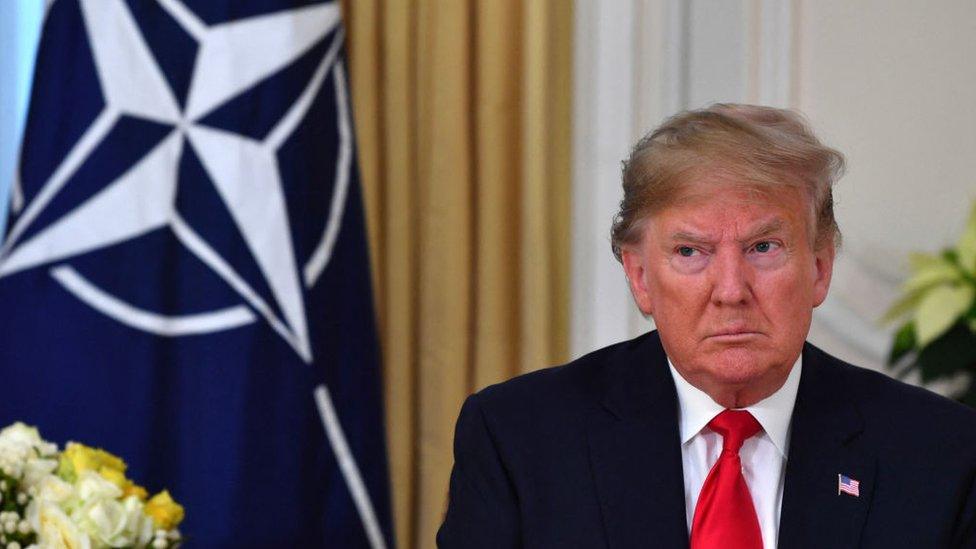
The India-NATO Relationship: A Strategic Shift
Historically, India’s relationship with NATO has been isolated, mostly because of India’s long-standing non-alignment policy and Cold War-era geo-political orientations. But the shifting realities in global security have resulted in more India and NATO engagement recently. India’s recent developments in the defence industry have made it a consistent source of supplies for European countries trying to update their military capacity. India’s defence sector has a great chance to become part of the European supply chain as European defence spending increases and provides cost-effective, premium weapons.
India’s Growing Defence Manufacturing Capabilities
India has long been one of the world’s largest arms importers, but recent government initiatives (Make in India) have accelerated efforts to boost domestic defence manufacturing and exports.
- Defence Exports Growth: India’s defence exports have surged from Rs 2,000 crore a decade ago to Rs 21,000 crore in the latest financial year, reflecting its increasing self-sufficiency in defence production.
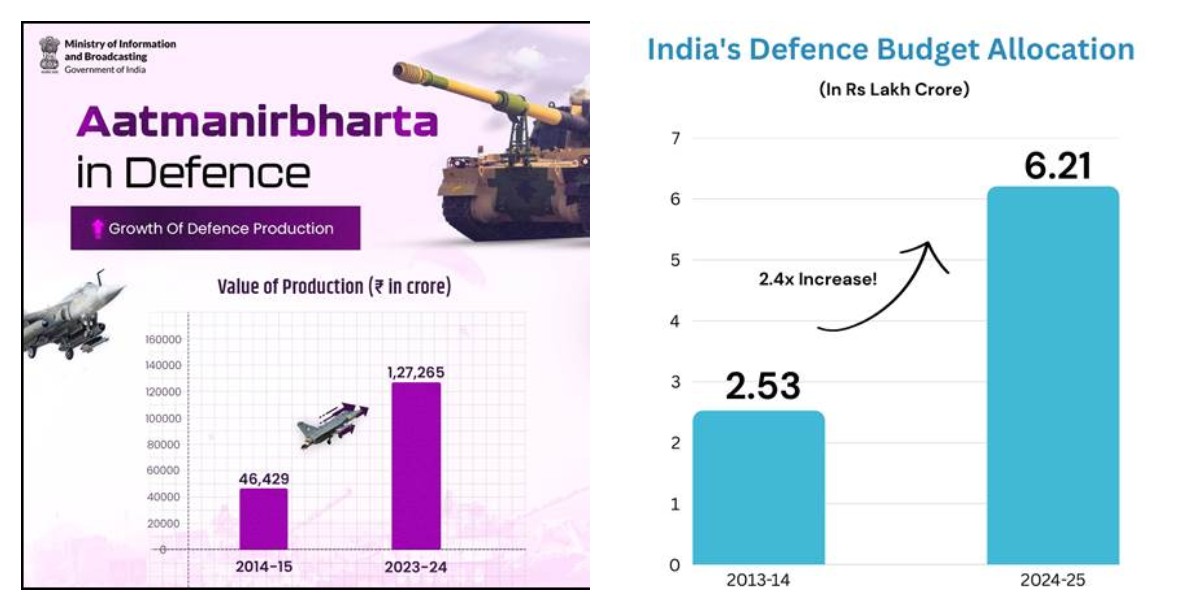
Source: Ministry of Defence - Global Supply Chain Integration: Several Indian defence firms are making significant inroads into global defence markets. Kalyani Strategic Systems Ltd (KSSL), a subsidiary of Bharat Forge Ltd, has signed a Letter of Intent (LOI) with AM General, USA, to supply advanced artillery cannons—a historic first for Indian artillery exports to the U.S.
- Expansion in Manufacturing: At least seven new ammunition manufacturing plants are under development across India, including facilities producing 155mm artillery shells in high demand across Europe due to the ongoing Ukraine conflict.
- Pinaka Rocket Launcher: India is in advanced discussions with France regarding the sale of its domestically produced Pinaka multi-barrel rocket launcher system, which boasts a range of up to 90 km and has already been successfully demonstrated to French defence officials.
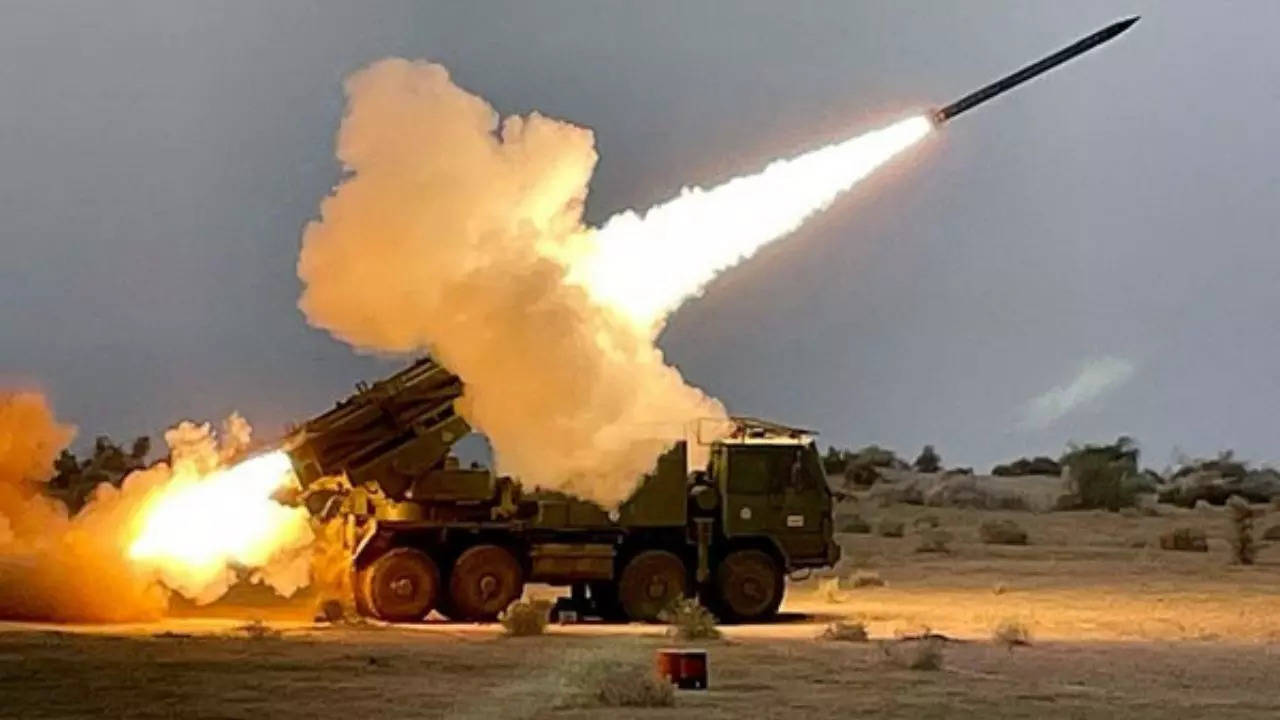
Source: ANI
Strategic Implications for India in the Emerging Global Order
- India can secure high-value contracts in the European defence market.
- Boost in defence exports will enhance India’s economy and reduce arms import dependency.
- Enhanced defence cooperation with Europe will strengthen trade and diplomatic relations.
- India gains leverage as a key defence supplier on the global stage
- Increased localization in defence production aligns with India’s self-reliance goals.
- More funding for defence R&D will drive technological advancements.
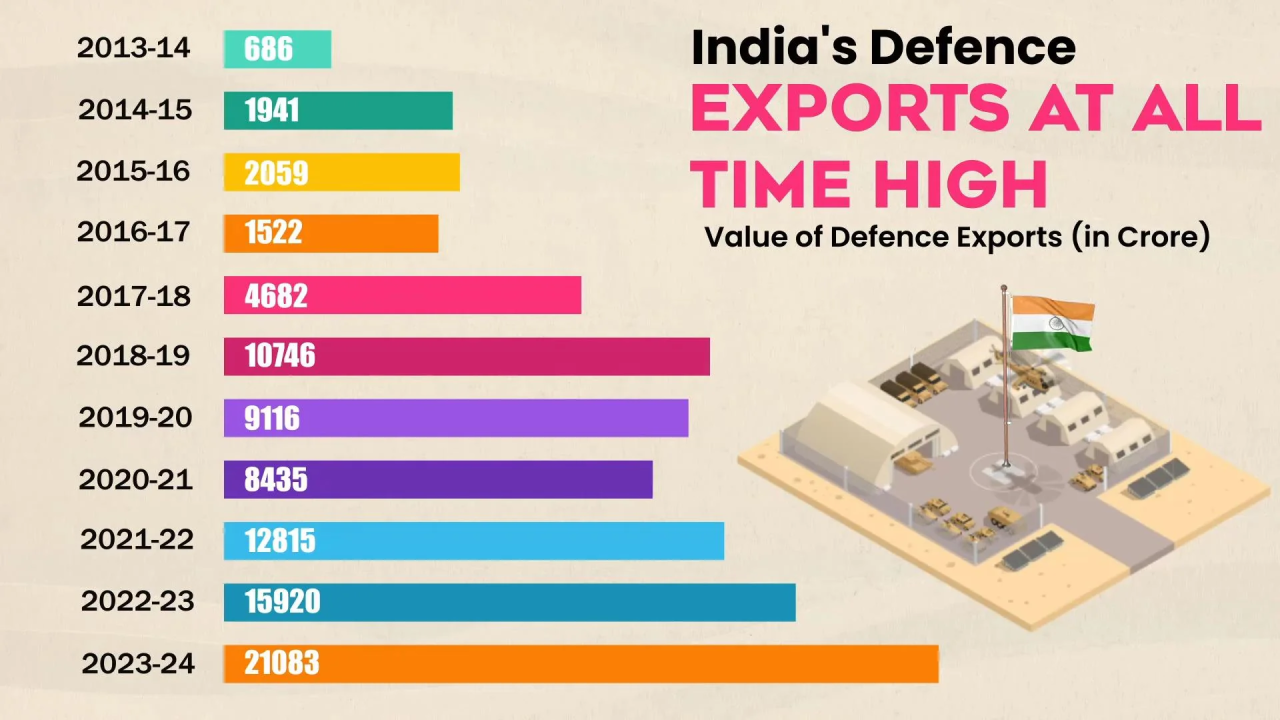
Challenges:
While the opportunities for India in the European defence market are immense, several challenges need to be addressed:
- Quality and Standardization: To successfully enter European markets, India’s defence equipment must fulfil NATO and EU requirements.
- Technological Advancements: Investing in cutting-edge military technology, such as AI-driven defence systems and advanced aerospace capabilities, would be critical for India to stay competitive.
- Geopolitical Balancing: As India strengthens connections with NATO states, it must carefully handle its strategic partnerships with Russia and China to maintain a balanced foreign policy stance.
Conclusion:
The Trump-NATO rift and the resulting shift in global defence spending provide a unique opportunity for India to strengthen its position in international defence markets. With Europe seeking to modernise its military and lessen reliance on the United States, India’s defence manufacturing sector is well positioned to integrate into global supply chains, increase exports, and develop diplomatic ties with European countries.
As India expands its defence capabilities, strategic partnership with NATO members will benefit both the economy and its geopolitical power. By capitalising on this developing potential, India may move from one of the world’s largest arms importers to a leading global defence exporter, bolstering its position as a prominent participant in the changing global security environment.

